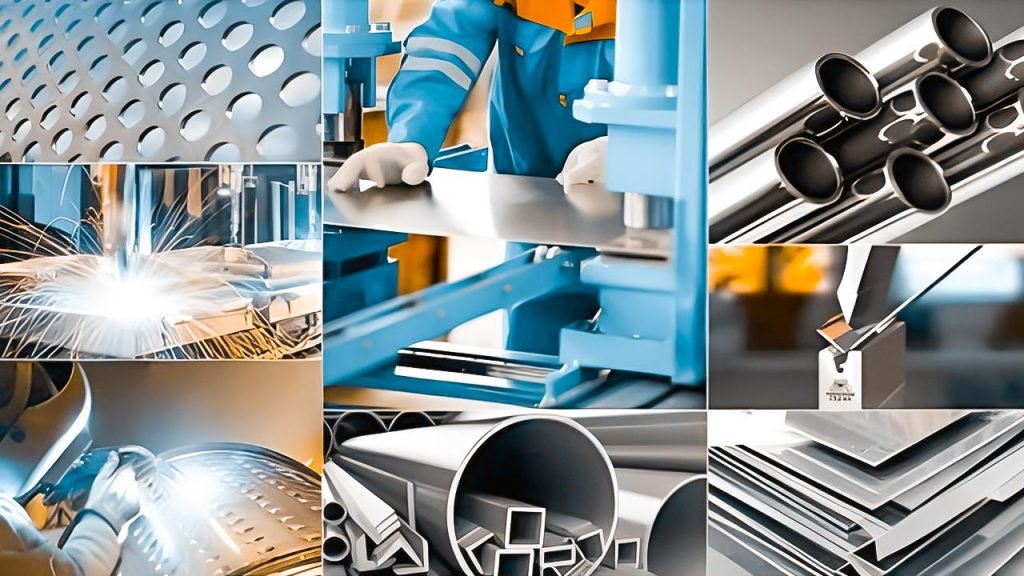The Problem: Traditional Ceramics Fall Short
Traditional ceramics often struggle with limitations like brittleness, energy-intensive production, and environmental inefficiencies. For industries needing high strength, heat resistance, and sustainability, conventional options may not deliver.
The Solution: Meet Sodiceram
Sodiceram is a cutting-edge, sodium-enhanced ceramic material designed to overcome these challenges. With superior durability, thermal resistance, and eco-friendly manufacturing, Sodiceram bridges the gap between advanced performance and sustainability.
What Is Sodiceram?
Sodiceram is an advanced ceramic blended with sodium-based compounds—typically sodium oxide or silicates—combined with silica and alumina through precision sintering techniques. This composition improves density, vitrification, and thermal resilience, distinguishing it from traditional ceramics.
Key Properties That Set Sodiceram Apart
- High Durability and Mechanical Strength
It withstands abrasion, wear, and high-pressure environments better than conventional ceramics. - Excellent Thermal Shock Resistance
It maintains integrity under rapid temperature changes, performing in extreme heat applications. - Chemical Inertness and Low Water Absorption
Its low porosity makes it resistant to chemicals, staining, and moisture. - Lightweight and Easy Handling
Lighter than traditional ceramics while retaining strength, making it ideal for construction and maneuverability. - Eco-Friendly Manufacturing
Lower sintering temperatures reduce energy consumption and emissions. It’s also recyclable and supports green building goals.
Sodiceram vs. Traditional Ceramics: A Comparison
| Property | Sodiceram | Traditional Ceramics |
| Mechanical Strength | Superior | Moderate |
| Thermal Resistance | Excellent | Variable |
| Chemical Resistance | High | Lower |
| Weight | Lightweight | Heavier |
| Sustainability | High (lower emissions, recyclable) | Lower |
Key Applications Across Industries
1. Architecture & Interior Design
Ideal for tiles, façades, cladding, and thermal panels thanks to its aesthetics, durability, and low maintenance.
2. Industrial & Manufacturing
Used in equipment linings, furnace parts, and tooling where heat, abrasion, and corrosive conditions are critical.
3. Automotive & Aerospace
Valued for lightweight heat shields, engine components, and structural parts that must endure extreme temperatures and stress.
4. Electronics & Energy
Sodiceram acts as a robust insulator, heat sink, and substrate material in electronics and energy storage systems.
5. Medical & Biocompatible Uses
With high chemical stability and biocompatibility, it serves in surgical tools, implants, and medical devices.
Why Sodiceram Matters: Key Benefits
- Longevity and Cost Efficiency: Its durability translates into lower lifecycle costs due to less maintenance and fewer replacements.
- Eco-Conscious Choice: Industry-leading energy efficiency in production and recyclability support sustainability goals.
- Design Flexibility: Available in varied finishes and shapes, including large-format panels and custom textures.
Challenges to Consider
- Higher Initial Costs due to specialized production methods.
- Brittleness in Some Conditions: Like most ceramics, it may be prone to cracking under sharp impacts.
- Limited Adoption and Supply: As a relatively new material, market availability is still growing.
Innovations & Future Prospects
- 3D Printing Integration: Enables complex shapes and customized components with ease.
- Nanocomposites Development: Enhancing strength and functionality through embedded nanomaterials.
- Expanding Sectors: Expected to grow in smart buildings, advanced electronics, and automotive/aerospace innovations.
Conclusion
Sodiceram is an advanced sodium-enhanced ceramic poised to transform multiple industries—from architecture to aerospace—with its unmatched blend of strength, thermal resilience, and eco-conscious manufacturing. While initial costs and brittleness are factors to consider, the long-term benefits of performance, durability, and sustainability position it as a top-tier solution in modern materials science.

